If you haven’t heard by now, Huawei has been blacklisted by the US government and banned from doing business with US companies. The implications behind this ban are huge, not just for Huawei, but for the companies they work with, and also for consumers who will no doubt feel the effects of this ban in a very tangible manner.
Who is Huawei?
Huawei is a company based in China. They are the second-largest smartphone maker in the world, usurping the position from Apple and is nipping on the heels of Samsung, which is currently the largest smartphone maker in the world. However, in addition to being known for its smartphones, Huawei actually makes quite a few other products.
The company’s MateBook laptops are pretty well-regarded, and they are also responsible for providing the telecommunications infrastructure for quite a few countries around the world. They also make modems, and in some parts of the world, these are the default modems that are provided to customers by their internet service providers.
Why is there a ban?
According to US intelligence agencies, they feel like Huawei poses a national security risk. This has resulted in Huawei being placed on the US government’s Entity List.
For those who are unfamiliar, the Entity List published by the US Department of Commerce contains a list of foreign persons (which includes businesses, individuals, research institutions, and governments) that are believed to pose a national threat.
Those who are on the list are banned from doing business with US companies, and it also prevents US companies from exporting their products and services to those on the list as well unless they apply for a license from the Bureau of Industry and Security.
The reason for the ban, as we said, is due to national security risk over concerns of spying. But why would Huawei spy on the US?
This is because there exists a law in China dubbed the “National Intelligence Law” that would compel organizations and citizens of China to “support, assist and cooperate with the state intelligence work”, although the Chinese government has attempted to clarify its scope, stating that it should not be taken out of context.
According to government spokesperson Zhang Yesui:
“According to China’s National Intelligence Law, organizations and citizens have the obligation to support, assist and cooperate with national intelligence work. At the same time it also explicitly stipulates that intelligence work should be conducted according to law and in a way that respects and protects human rights and the lawful rights of individuals and organizations.”
Who are the companies participating in the ban?
With Huawei now officially being part of the Entity List, all US companies are legally required to cease their business dealings with them. Some companies have yet to come forward to officially confirm their participation, but these are some of the tech companies that are participating in the ban which will most likely have the biggest impact.
With Google controlling Android and its various services, and with Huawei being banned from doing business with Google, it means that future Huawei handsets will no longer have access to the Google Play Store and Google services. Given that a lot of the Android experience relies on accessing the Play Store and using Google’s services, this is a huge deal for consumers. Huawei could, in theory, create their own alternative services, but we imagine that it would be pretty hard for them to convince customers who are so used to Google’s products and services to do so. But if they can, it could potentially pose a serious threat to Google’s dominance.
Qualcomm
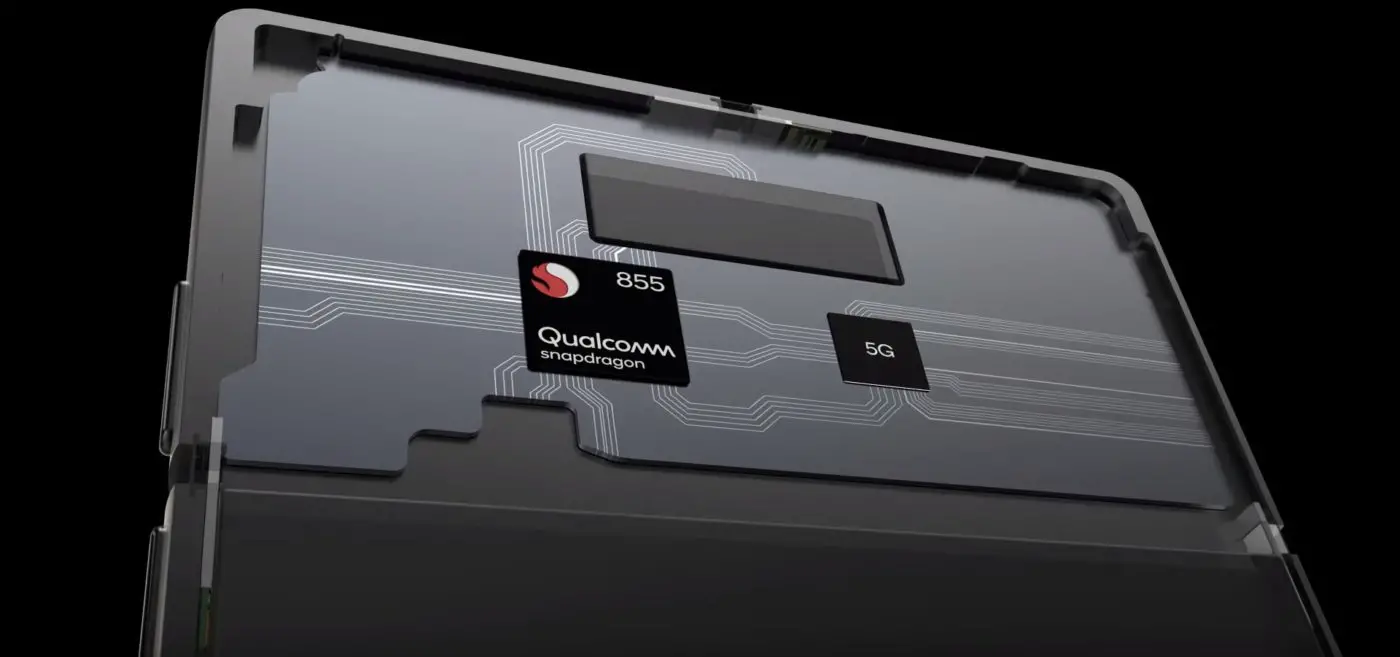
With Huawei making their own Kirin chipsets, the company isn’t quite as reliant on Qualcomm as some of its competitors. At the same time, Qualcomm does make other components that are licensed to manufacturers, which means that Huawei will no longer be able to purchase those components either, although admittedly, this poses less of an issue compared to ARM’s decision.
ARM

ARM, for those unfamiliar, provides the underlying instruction set used by chipset makers such as Qualcomm, Apple, Samsung, and Huawei, all of whom have created chipsets that are based on ARM’s architecture, which they have licensed.
ARM is a UK-based company and it was surprising to learn that they too would be suspending their business dealings with Huawei. The company had previously justified their decision, claiming that this is because their tech has US origin and as such, is covered by the ban.
The majority of chipsets made today rely on ARM’s instruction set, so while Huawei does make their own chipset, they still need to license its foundation from ARM, meaning that future Huawei Kirin chipsets are in jeopardy. That being said, it has been reported that Huawei’s Kirin 985 chipset, which has yet to be released, is not affected as they completed the design before the ban had come into effect.
Intel

While perhaps not necessarily representing a huge chunk of change for Huawei’s business, at least compared to mobile, Huawei’s MateBooks are a pretty popular series of laptops. With Intel no longer allowed to do business with Huawei, it means that Huawei will need to start looking for alternative processors, although that could be a pretty hard task as other computer processor companies, such as AMD, are also US-based, meaning that they are not allowed to do business with Huawei either.
Microsoft
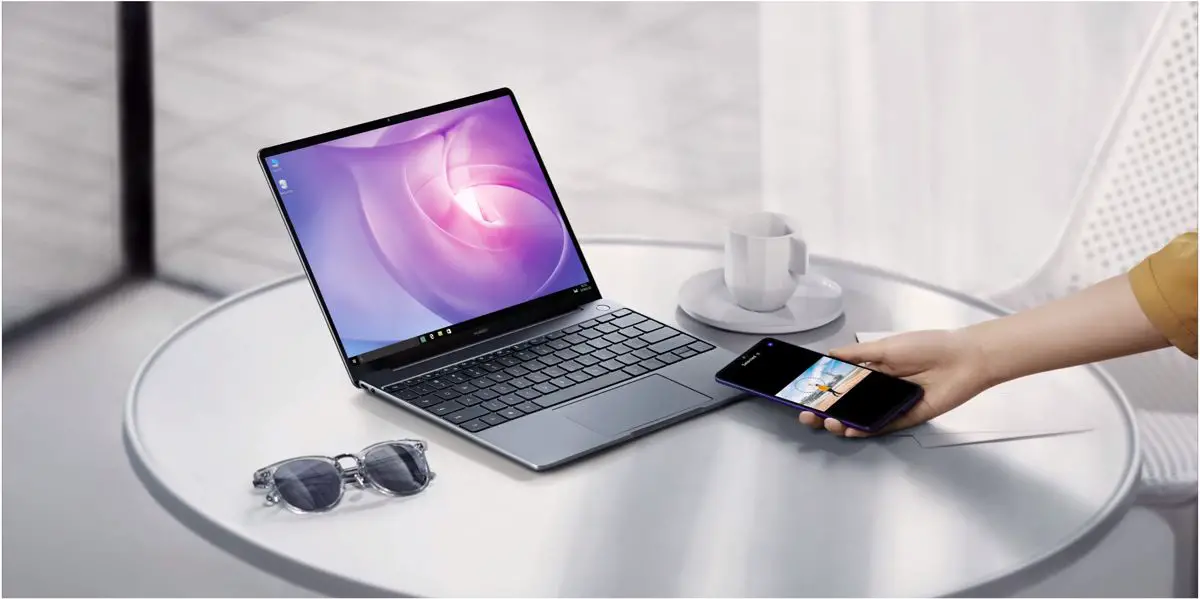
The ban means that Huawei will no longer have access to the Windows operating system, Microsoft Office products, and other services offered by Microsoft. Given that some of Microsoft’s products and services are also available on mobile, Huawei device owners can’t even use them as alternatives to Google’s own products and services.
SD Association
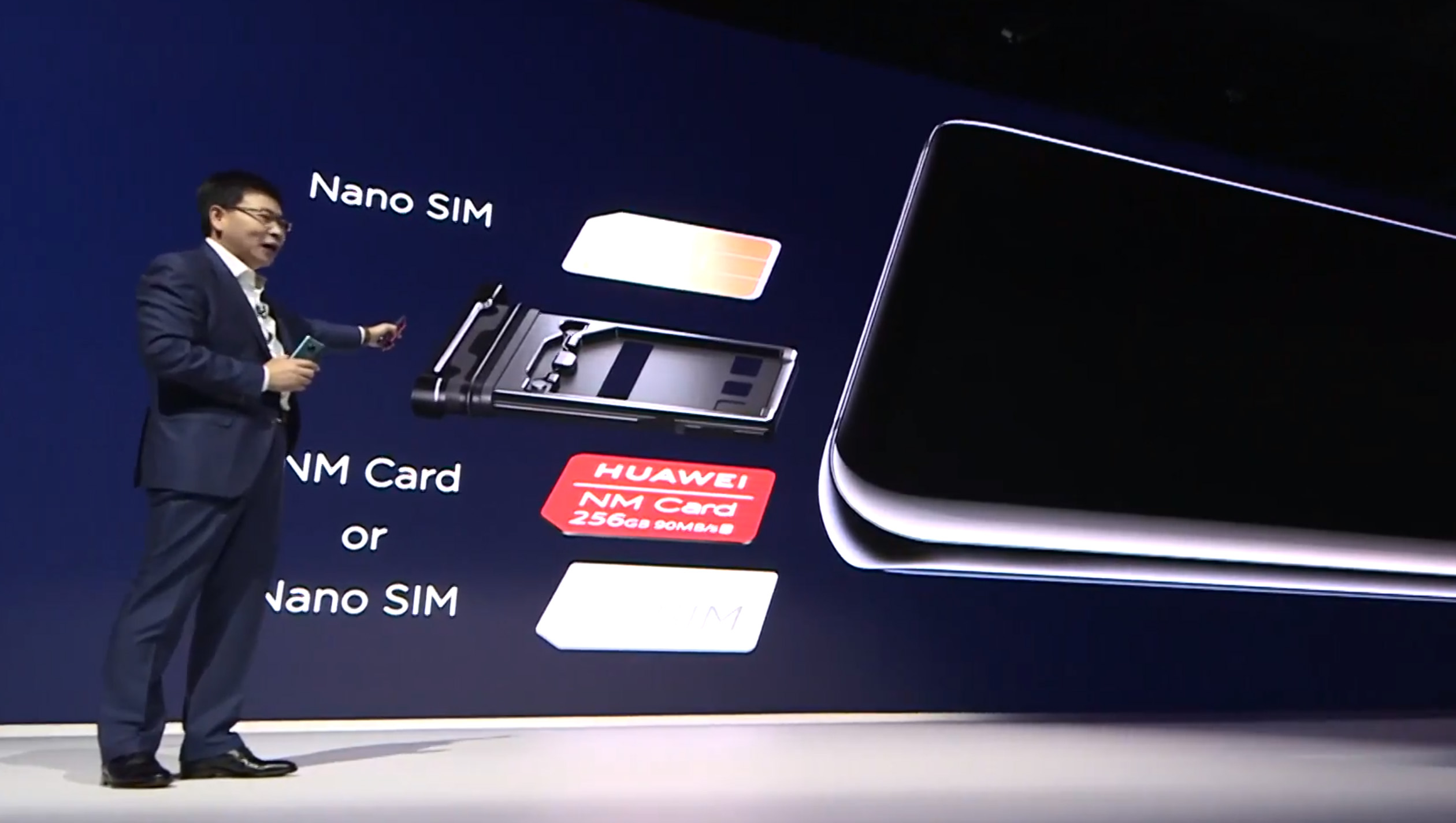
The SD Association is in charge of the standards used by SD and microSD cards. The group has recently confirmed that they are complying with the US government’s blacklist of Huawei, which means that future Huawei devices will no longer be able to incorporate SD and microSD technology into its products. Huawei does have its own series of memory cards called Nano Memory Card, but as we’ve seen Sony attempt in the past, proprietary memory card tech hasn’t always worked out for the best.
Bluetooth SIG
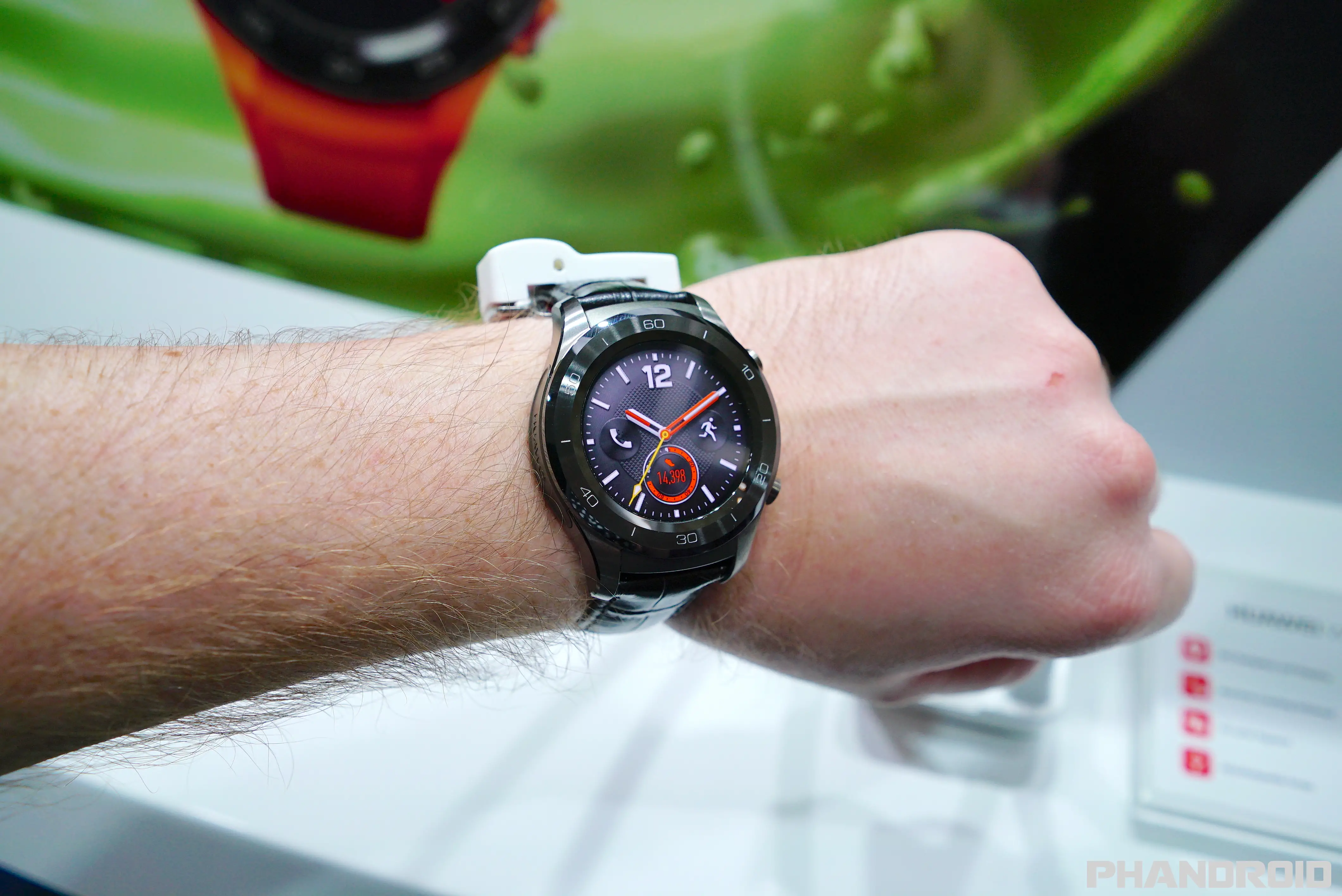
For those unfamiliar, the Bluetooth SIG is a non-profit organization that holds the “secret” to the Bluetooth technology. Any device that wants to use Bluetooth needs to go past the Bluetooth SIG to get certified, and with the group being headquartered in Washington, it’s almost certain that they will be complying with the Entity List. As pointed out by Dave Ruddock over at Android Police, this has huge implications for Huawei as it means that future devices will no longer be able to use Bluetooth technology, such as smartphones, laptops, speakers, headphones, wearables, and so on.
How does this affect existing consumers?
For those who already own Huawei’s products, the US government, perhaps not having realized the impact of the ban, has granted Huawei a 90-day reprieve. This will allow Huawei to continue maintaining their existing products and provide software updates to their devices for the next 90-days.
Google had also confirmed that existing Huawei users will continue to have access to Google Play and other services, at least for the time being. At the same time, there are also various Play Store alternatives that Huawei device owners can check out if their access to the Play Store ever gets cut off.
For Huawei users' questions regarding our steps to comply w/ the recent US government actions: We assure you while we are complying with all US gov't requirements, services like Google Play & security from Google Play Protect will keep functioning on your existing Huawei device.
— Android (@Android) May 20, 2019
In the meantime, if you want to get off the Huawei train before it’s too late, it seems that trade-ins for Huawei devices have spiked by as much as 150%. Of course, you could hold out and hope that some kind of agreement can be reached between the US, China, and Huawei, but as with the law of supply and demand, the more Huawei handsets that are being traded into the market, the lower their value will be.
How does this affect future consumers?
For those who plan on buying Huawei products in the future, there are several things to consider. Unless Huawei can somehow come to some kind of agreement with the US government, or if the US and China can strike a trade deal that would get Huawei off the hook, things will look very different for the company.
For starters, regarding Android, Huawei had previously stated that they have an alternative to Android in the works. Whether or not this will be a worthy alternative to Android remains to be seen, but with Huawei currently being the second-largest smartphone maker in the world, if they can somehow create a worthy Android alternative, it could pose quite a challenge to Google.
Could this also be the catalyst we need for a third and viable alternative to iOS and Android?
Also, we should note that with Android being open source, Huawei can technically still use Android without Google’s explicit permission. The downside is that updates might be even slower than before, plus there is the fact that at the end of the day, Huawei would still not be able to access Google’s services which makes up a big part of the Android user experience.
As for Huawei’s MateBook laptops, it seems that unless some kind of deal can be reached with the US government, it’s almost a certainty that these products are dead in the water. This is because, on the processor front, there is no alternative to Intel or AMD. Sure, there are laptops that use mobile chipsets, but with ARM suspending their business dealings with Huawei, even Huawei’s own Kirin chipsets are no longer viable, at least for future laptops.
Also, there is no mainstream alternative to Microsoft’s Windows operating system. Apple’s macOS is pretty much closed, and even if it weren’t, Apple is a US company which is a no-no. Sure, there is Linux and Unix, but let’s be honest, those are more for enthusiasts and less for the average consumer, some of whom are probably not interested in having to learn a new operating system after years of familiarizing themselves with Windows.
What’s next for Huawei?
It is unclear as to how this will play out for Huawei at the moment. While the official reason behind this ban is due to national security issues, some believe that it could be part of the US government’s attempts to force China to agree to a better trade deal and that Huawei has ended up being a bargaining chip and a potential casualty of the trade war between both countries.
Previously, Chinese company ZTE had faced a similar ban, although a few months later, they managed to reach a settlement agreement with the US government that allowed them to do business with US companies again. This has given us a bit of hope in which Huawei could find a way out of this.
At the same time, Huawei’s reach is much deeper than ZTE. While the company is mostly known for its consumer products, they have for years supplied the underlying tech used by the communications infrastructure by many countries. This greatly increases the complications of reaching any kind of deal without Huawei potentially taking a huge loss and walking away never quite the same again.

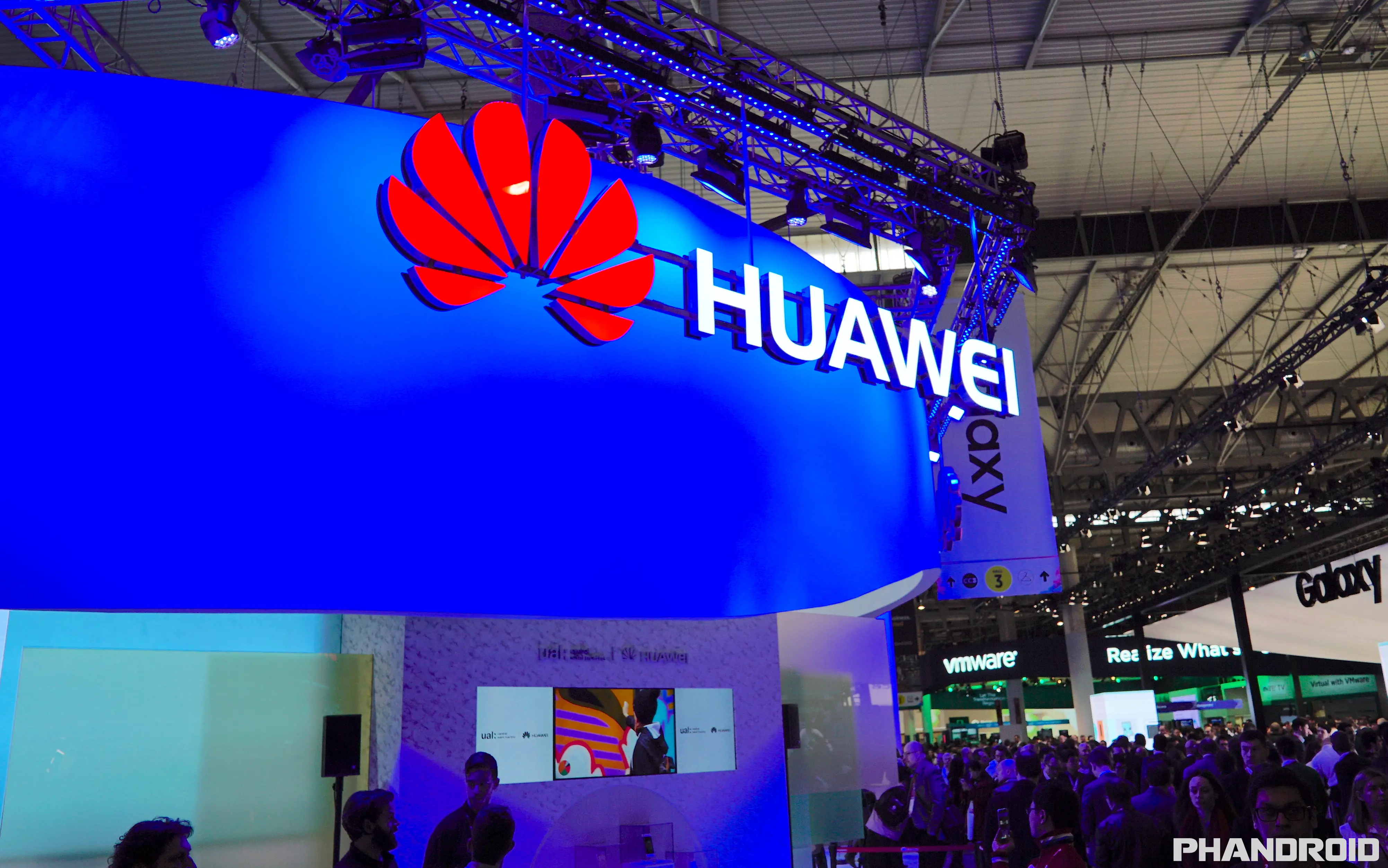



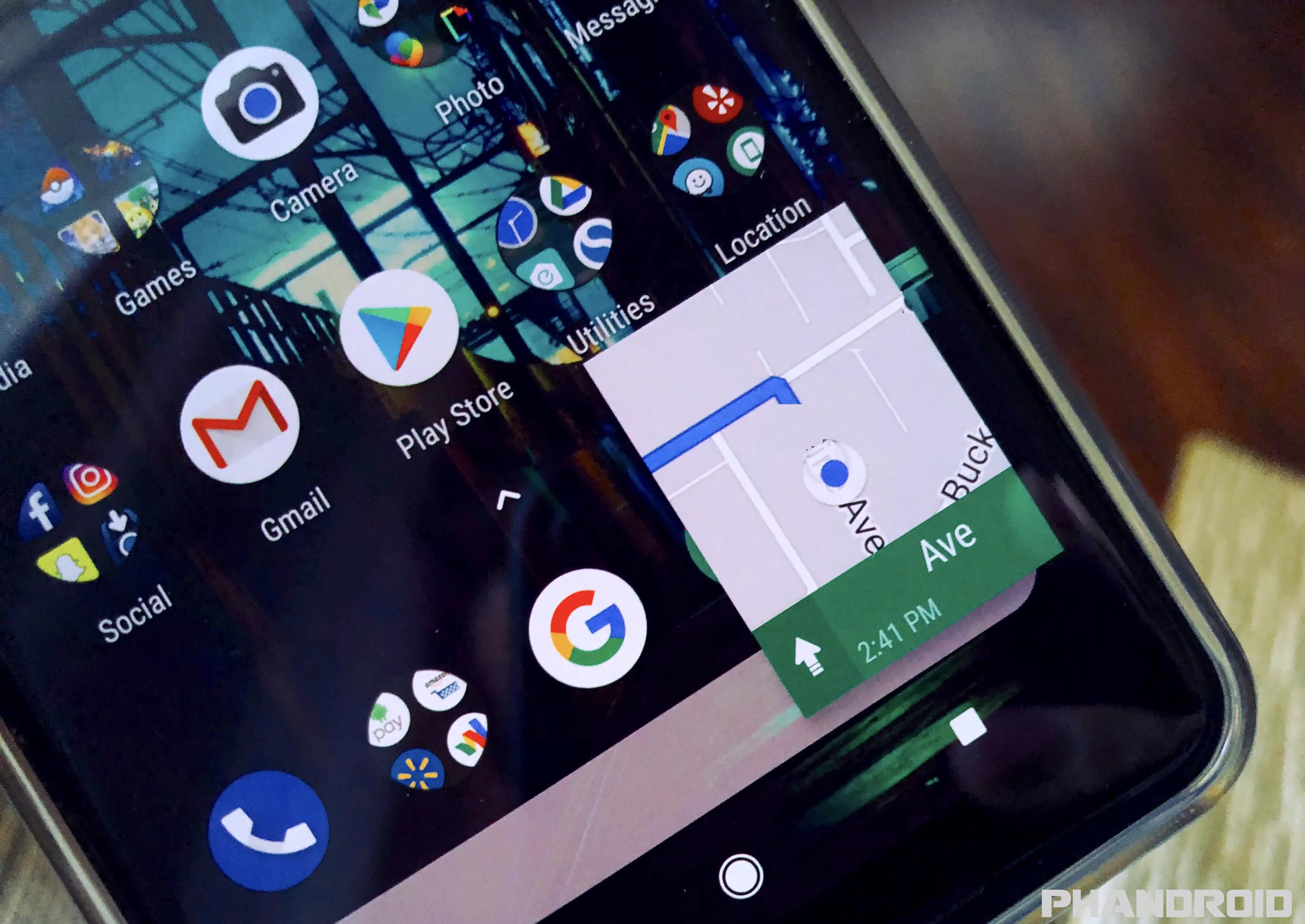
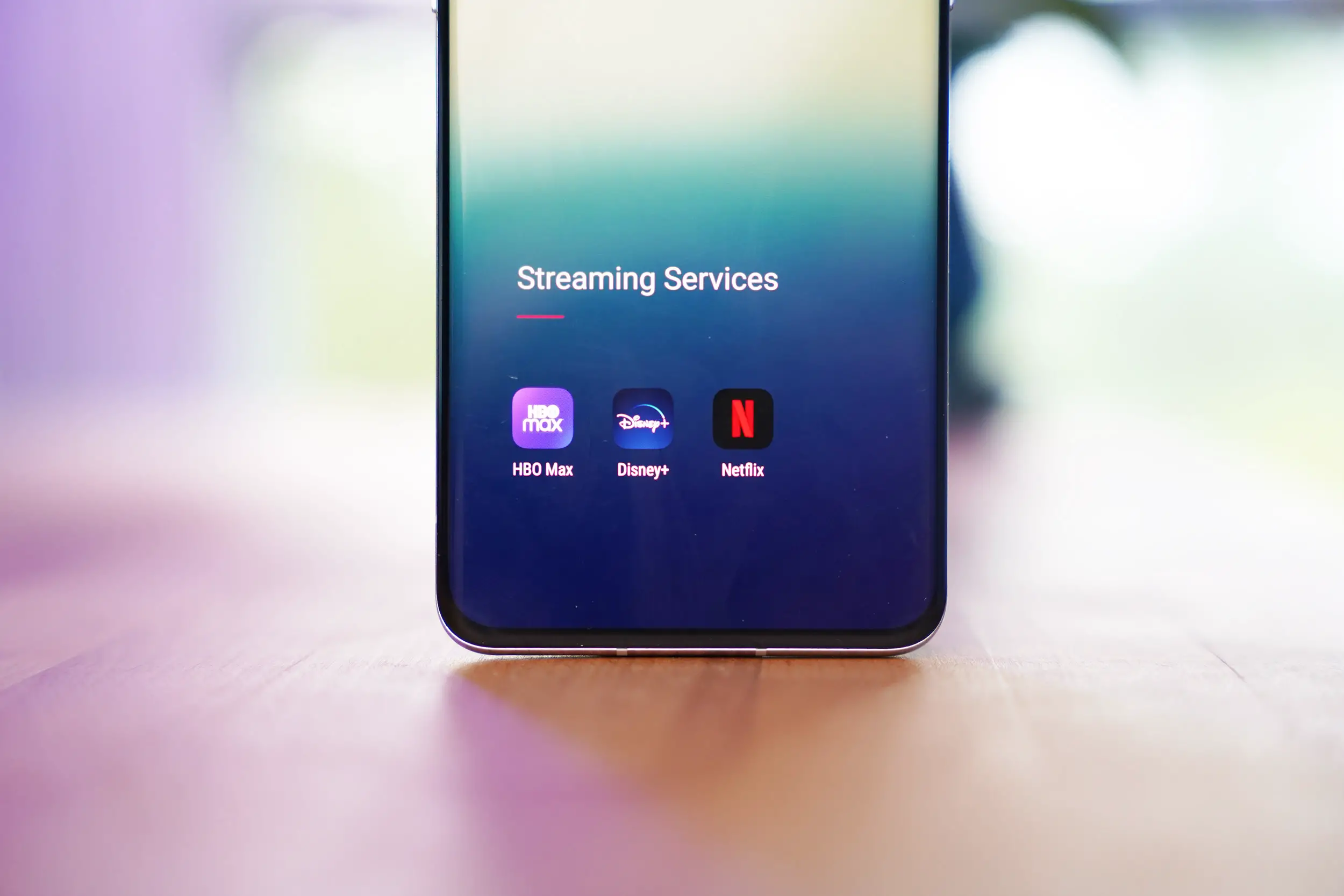




Comments